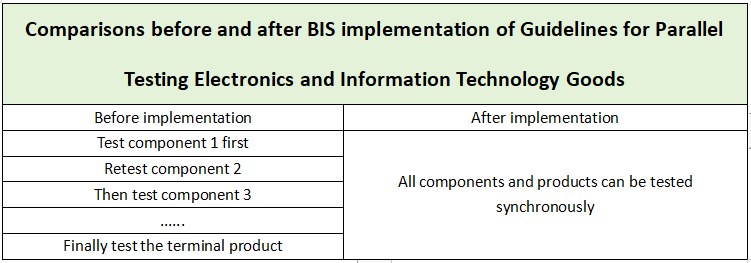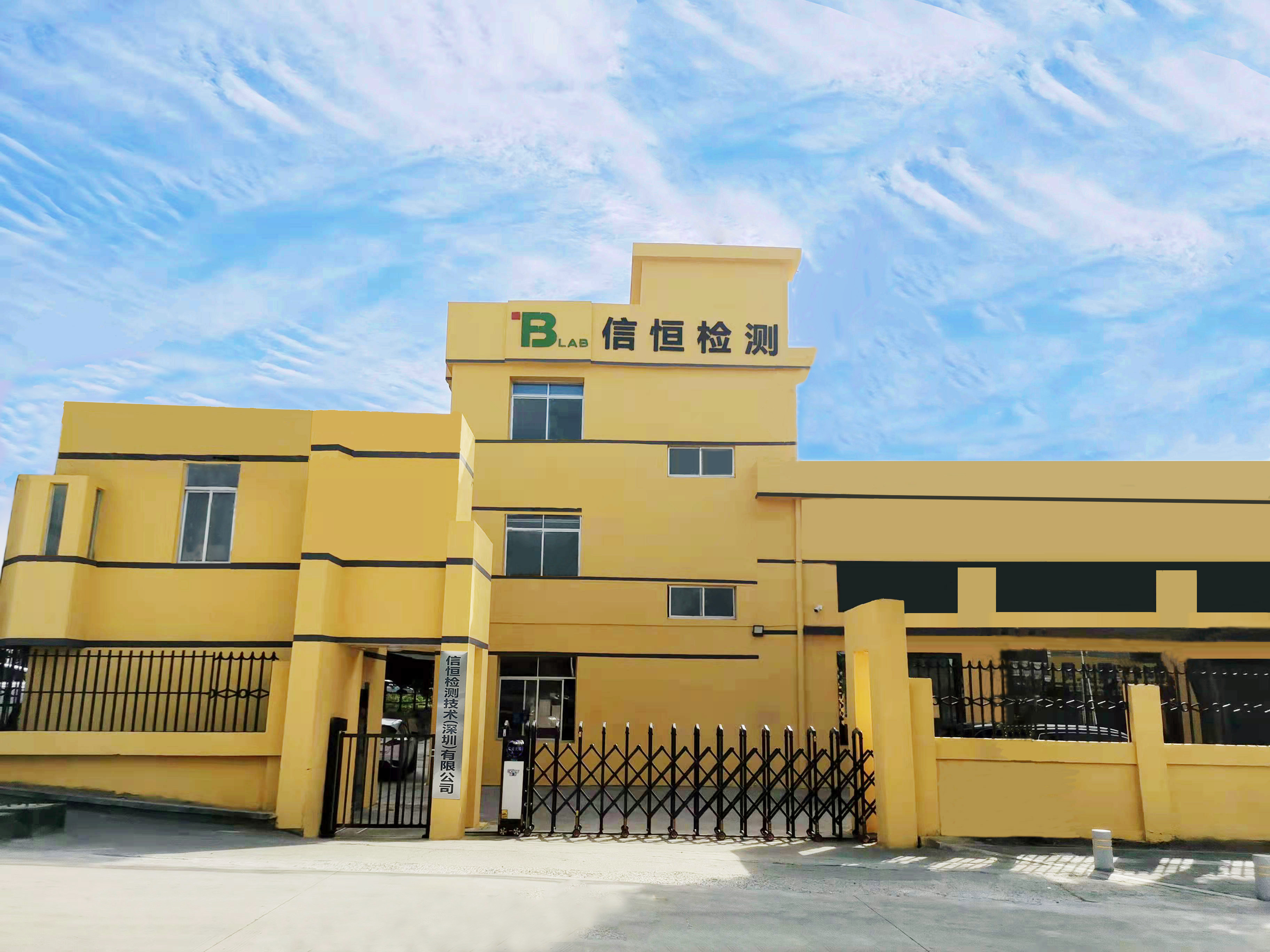On December 19, 2022, BIS released parallel testing guidelines as a six-month mobile phone pilot project. Subsequently, due to the low influx of applications, the pilot project was further expanded, adding two product categories: (a) wireless earphones and earphones, and (b) portable computers/laptops/tablets. Based on stakeholder consultation and regulatory approval, BIS India has decided to transform the pilot project into a permanent plan, and will ultimately release implementation guidelines for parallel testing of electronic and information technology products on January 9, 2024!
1. Detailed requirements:
Starting from January 9, 2024, manufacturers can generate parallel tests for all product categories under electronic and information technology products (mandatory registration requirements):
1) This guide is helpful for parallel testing of electronic products under the BIS Mandatory Registration Scheme (CRS). These guidelines are voluntary, and manufacturers can still choose to submit applications to BIS for registration in order according to existing procedures.
2) All components that need to be registered under CRS can be sent to BIS/BIS accredited laboratories for parallel testing. In parallel testing, the laboratory will test the first component and issue a test report. The test report number and laboratory name will be mentioned in the test report for the second component. Subsequent components and final products will also follow this procedure.
3) The registration of components will be completed sequentially by BIS.
4) When submitting samples to the laboratory and registration applications to BIS, the manufacturer will provide a commitment covering the following requirements:
(i) The manufacturer will bear all risks (including costs) in this program, that is, if BIS refuses/does not process any application in the later stage due to sample testing failure or incomplete test reports submitted, BIS's decision will be the final decision;
(ii) Manufacturers are not allowed to supply/sell/manufacture products in the market without valid registration;
(iii) Manufacturers should update CCL immediately after registering products in BIS; and
(iv) If the component is included in the CRS, each manufacturer is responsible for using the component with the relevant registration (R-number).
5) The responsibility for linking the application throughout the entire process with the previously submitted application should be borne by the manufacturer.
2. Parallel testing instructions and examples:
To illustrate parallel testing, the following is an example of a program that should be followed:
Mobile phone manufacturers need battery cells, batteries, and power adapters to manufacture the final product. All these components need to be registered under CRS and can be sent to any BIS laboratory/BIS accredited laboratory for parallel testing.
(i) BIS laboratories/BIS accredited laboratories can initiate testing of cells without R numbers. The laboratory will mention the test report number and laboratory name (replacing the R-number of the battery cell) in the final test report of the battery;
(ii) The laboratory can initiate mobile phone testing without an R number on the battery, battery, and adapter. The laboratory will mention the test report numbers and laboratory names of these components in the final test report of the mobile phone.
(iii) The laboratory shall review the testing report of the battery cells to issue a battery testing report. Similarly, before issuing a mobile phone test report, the laboratory also needs to evaluate the test reports of the battery and adapter.
(iv) Manufacturers can submit component registration applications simultaneously.
(v) BIS will grant licenses in order, meaning that mobile phone licenses will only be accepted by BIS after all components involved in the manufacturing of the final product (in this case, mobile phones) have been registered.
After the implementation guidelines for parallel testing of Indian BIS information technology products are released, the testing cycle for Indian BIS certification of electronic and information technology products will be greatly shortened, thereby shortening the certification cycle and allowing products to enter the Indian market more quickly.
Post time: Mar-22-2024












